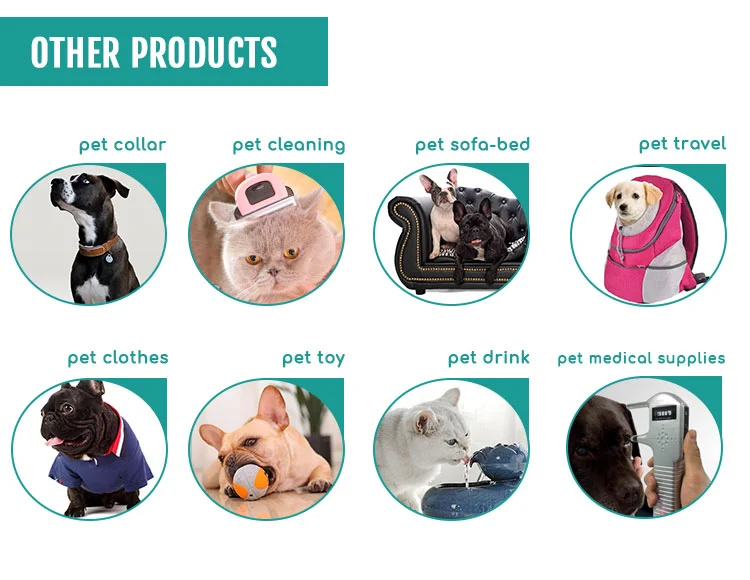Understanding How to Pets Show Signs of Safety: A Comprehensive Guide for Pet Owners
Guide or Summary:IntroductionCommon Signs of Safety in PetsImportance of Recognizing Safety SignsHow to Respond to Safety Signals**Translation of "how to pe……
Guide or Summary:
- Introduction
- Common Signs of Safety in Pets
- Importance of Recognizing Safety Signs
- How to Respond to Safety Signals
**Translation of "how to pets show signs of safety":** How do pets show signs of safety?
---
Introduction
As pet owners, it's essential to understand how to pets show signs of safety. Pets, like humans, communicate their feelings and emotions through various behaviors. Recognizing these signs can help you create a secure environment for your furry friends and strengthen the bond between you and your pet. In this article, we will explore the different ways pets exhibit safety signals, the importance of these signs, and how you can respond to them effectively.
Common Signs of Safety in Pets
Pets demonstrate their sense of safety through a range of behaviors. Here are some common signs to look out for:
1. **Relaxed Body Language**: When a pet feels safe, their body language will be relaxed. Look for a wagging tail (for dogs) or a relaxed posture (for cats). A relaxed pet will often lie down comfortably, exposing their belly, which is a vulnerable area.
2. **Playfulness**: A pet that feels secure is more likely to engage in play. If your pet initiates playtime, it’s a clear indication that they feel safe in their environment.

3. **Seeking Affection**: Pets that come to you for cuddles or nuzzles are showing that they trust you and feel safe around you. This behavior is particularly common in dogs and cats.
4. **Vocalizations**: Certain vocalizations can indicate that a pet feels safe. For example, a cat may purr when they are content, while a dog might bark excitedly during play, signaling comfort and happiness.
5. **Exploring Their Environment**: A confident pet that feels secure will explore their surroundings. If your pet is curious and interested in their environment, it’s a sign that they feel safe.
Importance of Recognizing Safety Signs
Understanding how to pets show signs of safety is crucial for several reasons:
- **Building Trust**: Recognizing and responding to your pet's safety signals fosters trust. When pets know that their owners understand their needs, they are more likely to feel secure.

- **Preventing Anxiety**: Pets that do not feel safe may exhibit signs of anxiety or fear. By acknowledging and responding to their safety signals, you can help reduce stress and create a more peaceful environment.
- **Enhancing Training**: Knowing when your pet feels safe can enhance training efforts. Pets are more receptive to learning when they are in a secure state of mind.
How to Respond to Safety Signals
Once you recognize how to pets show signs of safety, it’s important to respond appropriately:
1. **Provide a Safe Space**: Ensure your pet has a designated area where they can retreat to feel safe. This could be a cozy bed or a quiet room.
2. **Positive Reinforcement**: Use treats and praise when your pet exhibits signs of safety. This reinforces their behavior and encourages them to feel secure.

3. **Consistency**: Maintain a consistent routine for feeding, walking, and playtime. Predictability can help pets feel more secure.
4. **Monitor Stressors**: Identify any stressors in your pet's environment and work to minimize them. This could include loud noises, unfamiliar visitors, or changes in routine.
In conclusion, understanding how to pets show signs of safety is vital for any pet owner. By recognizing the signs of safety and responding appropriately, you can create a nurturing environment that promotes trust and security. Always remember that a happy pet is a safe pet, and your awareness of their needs will go a long way in ensuring their well-being. Keep observing, learning, and adapting to your pet's behaviors, and you'll both enjoy a fulfilling companionship.